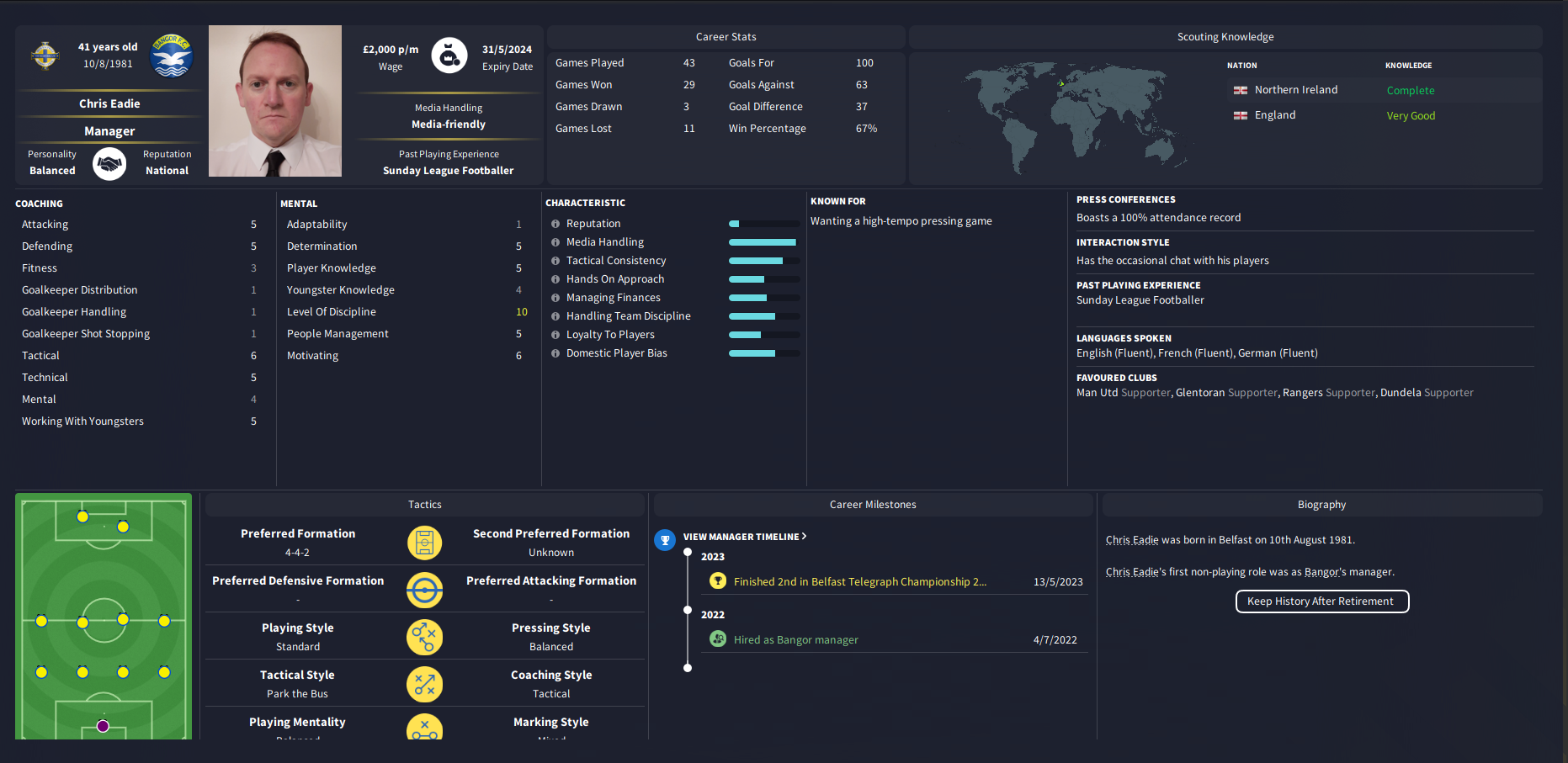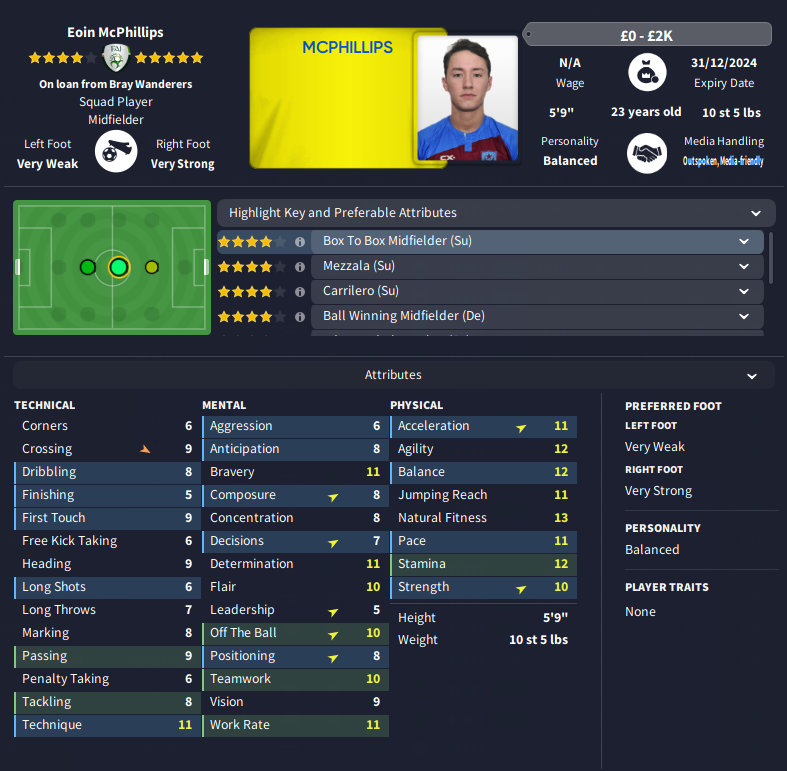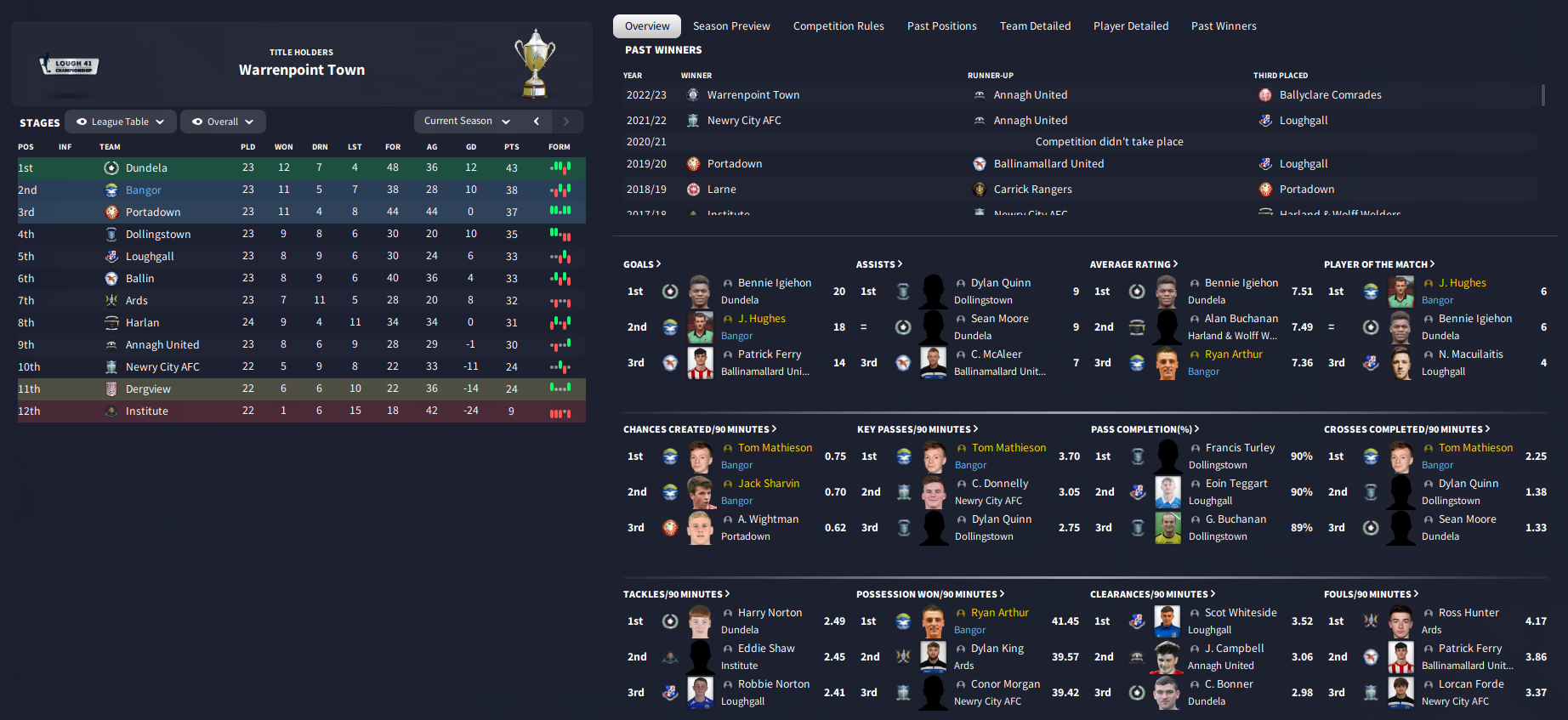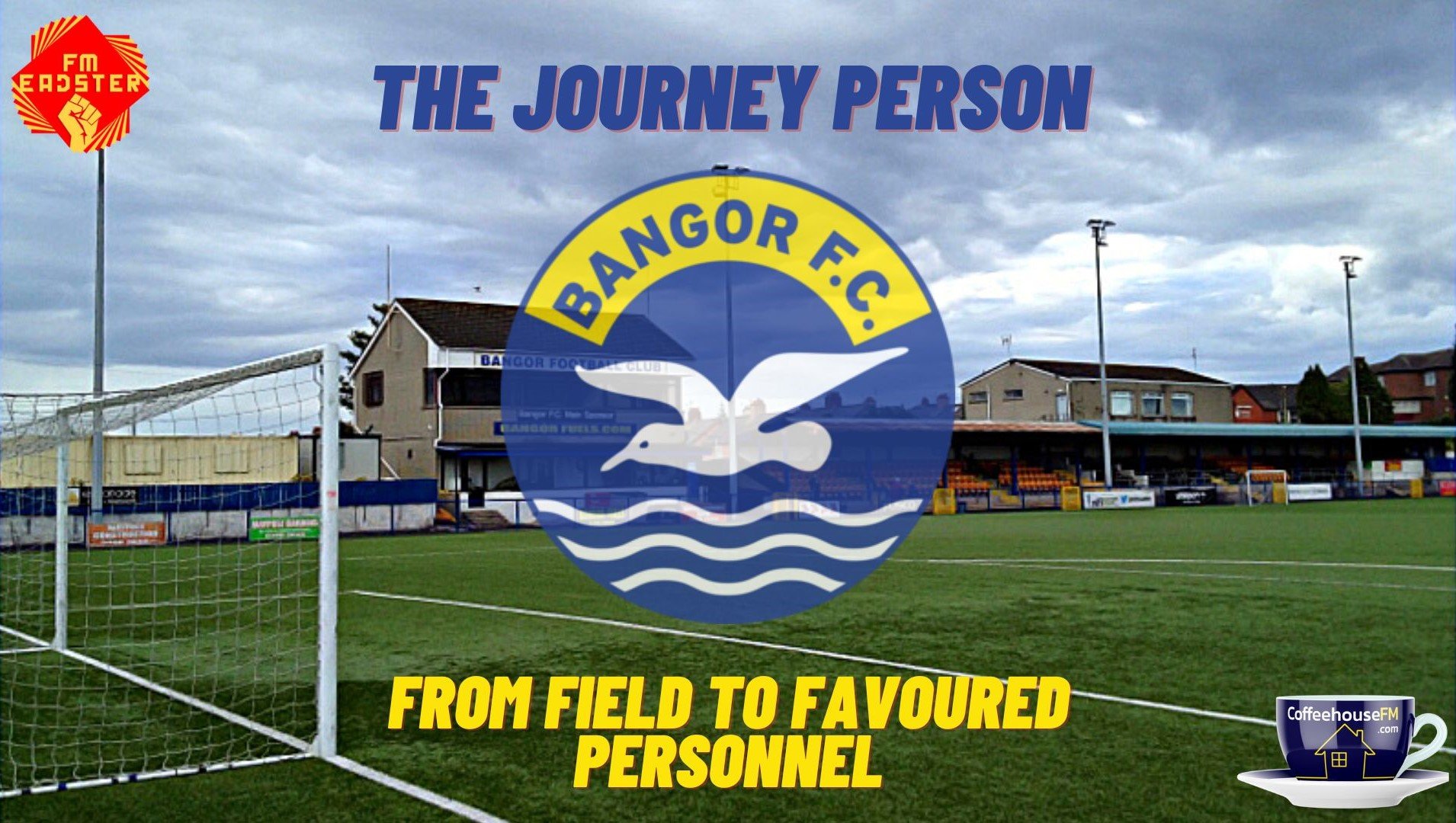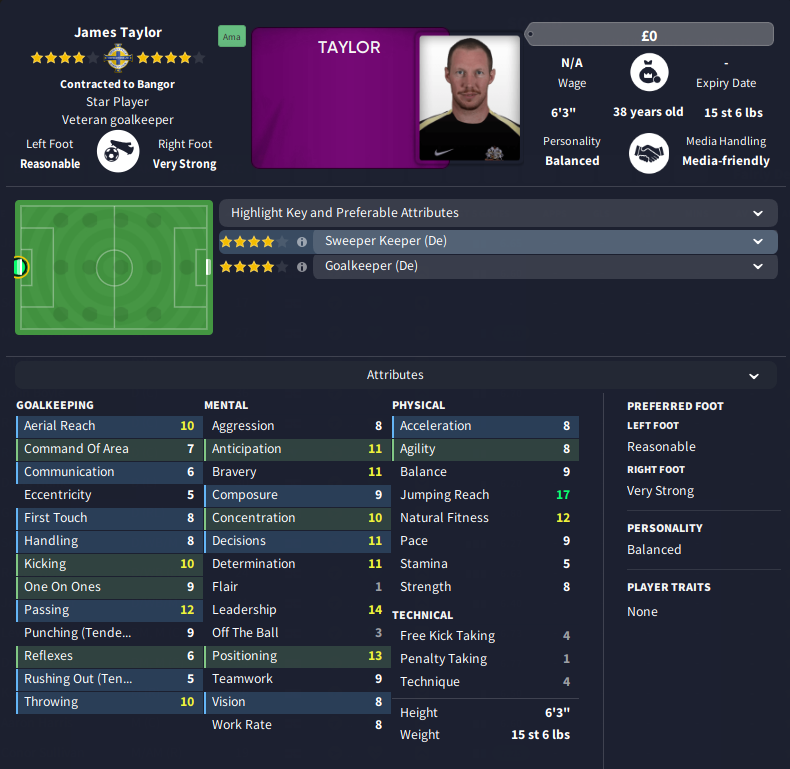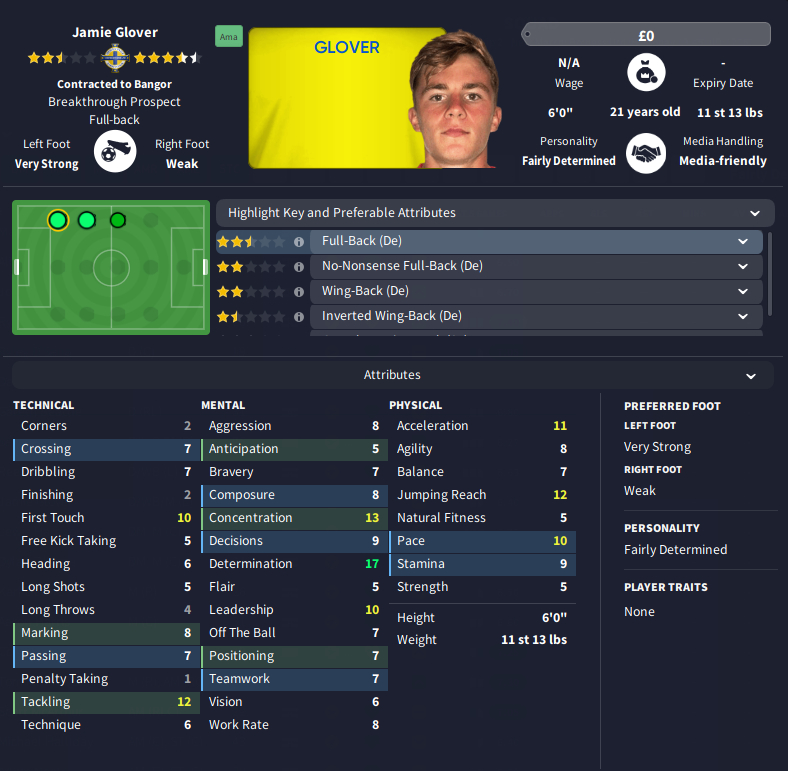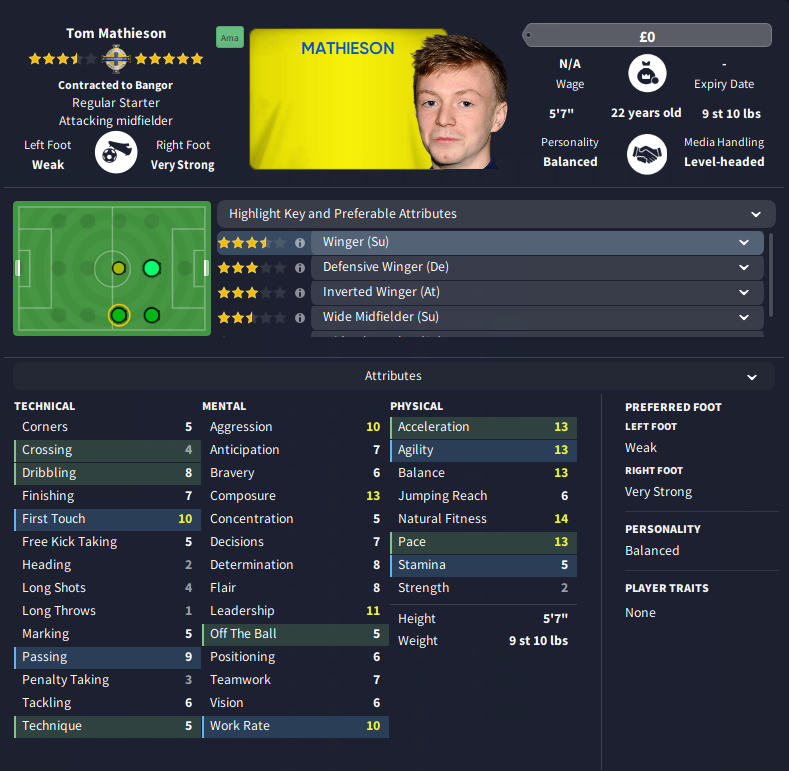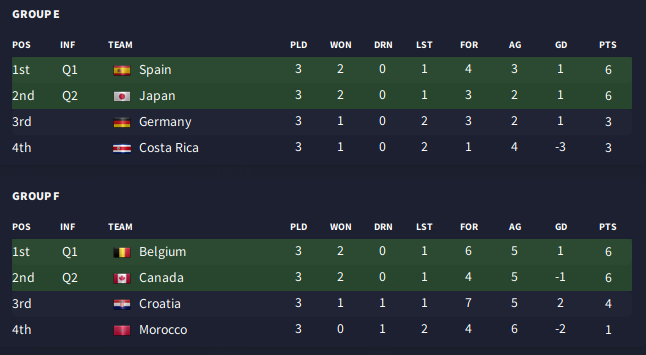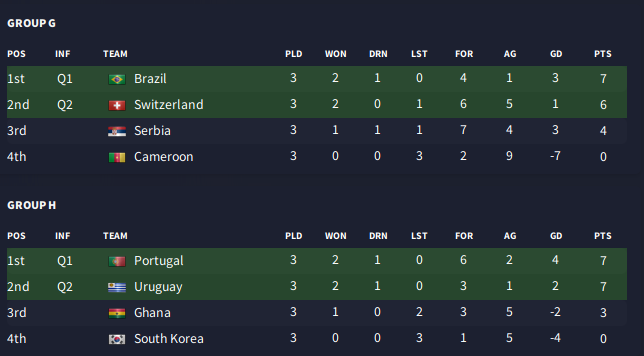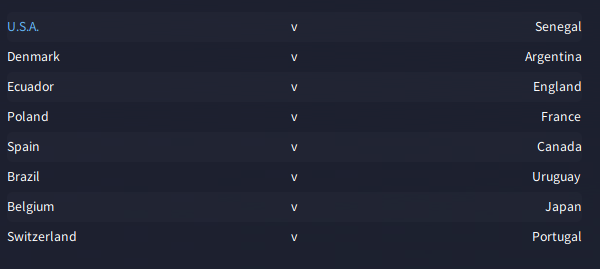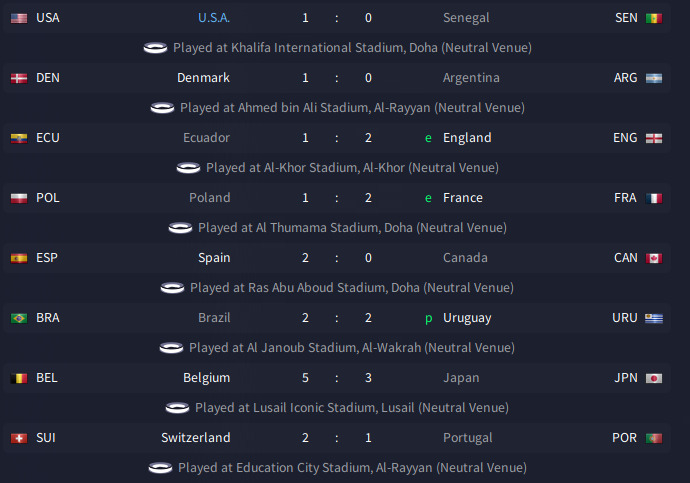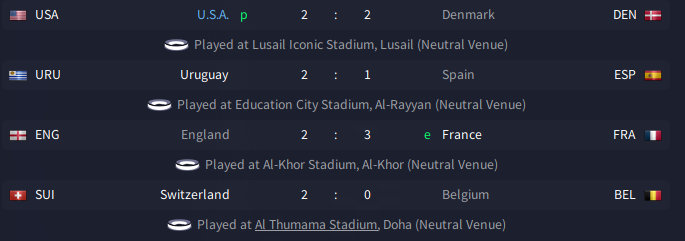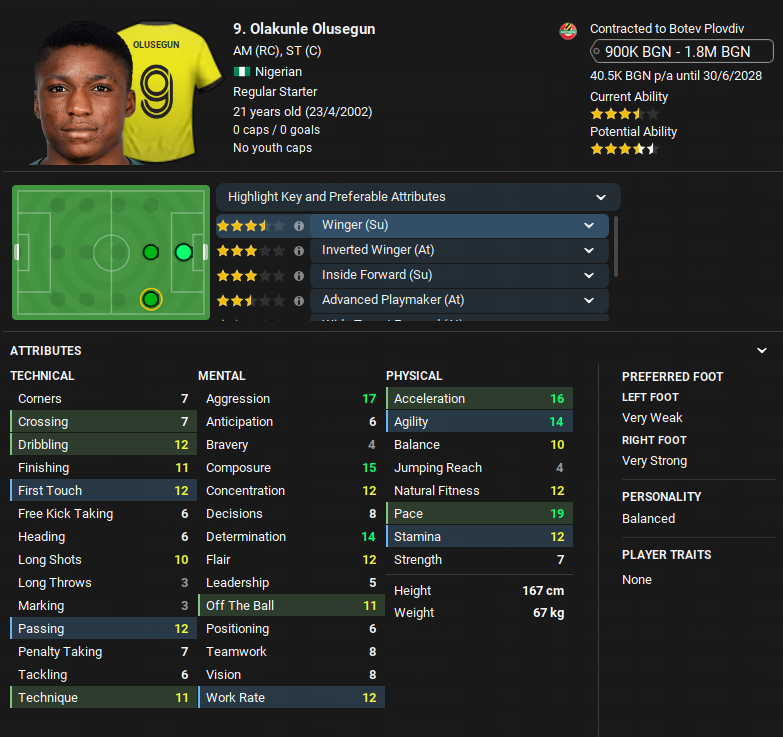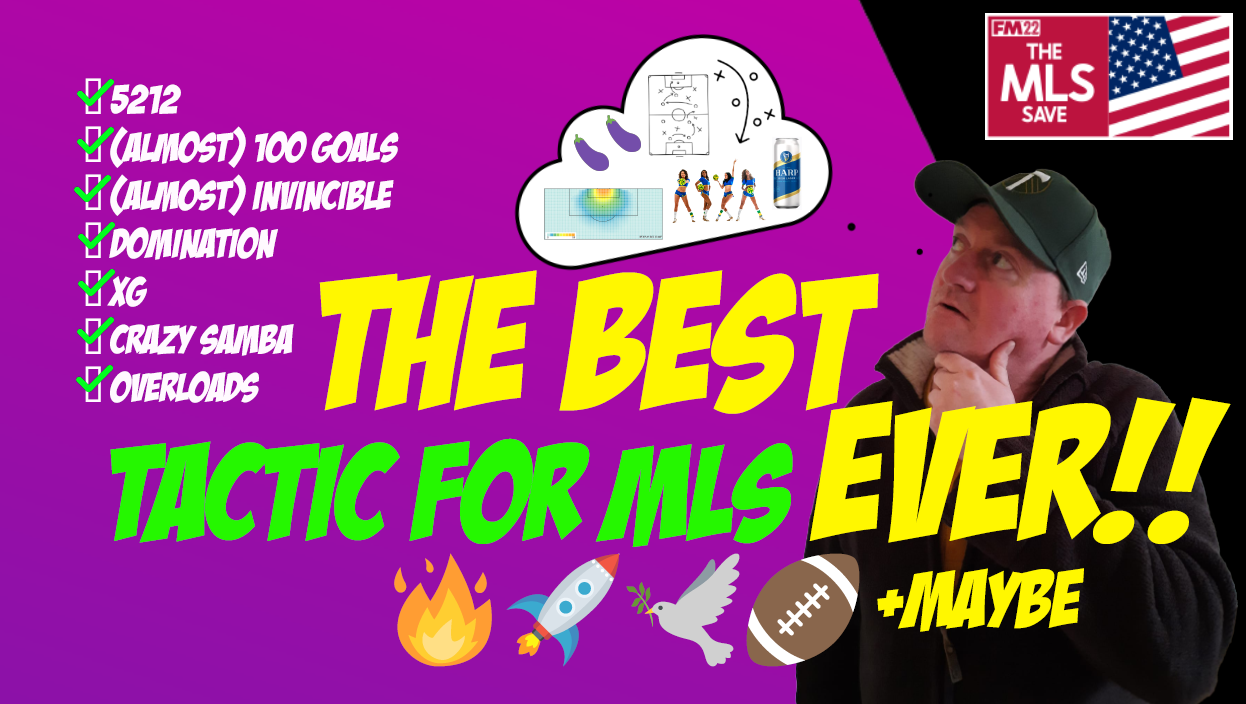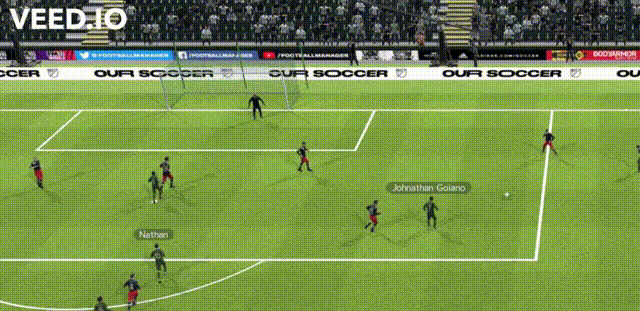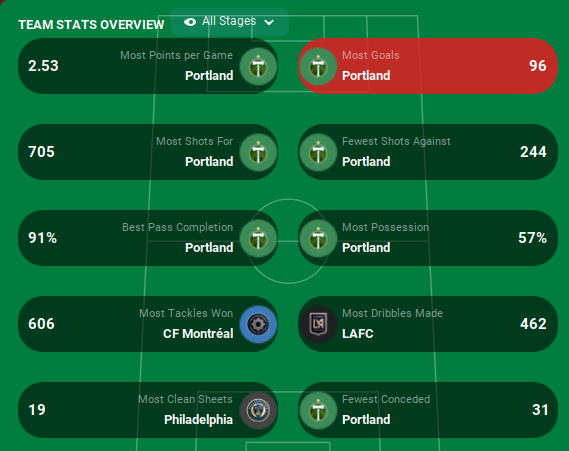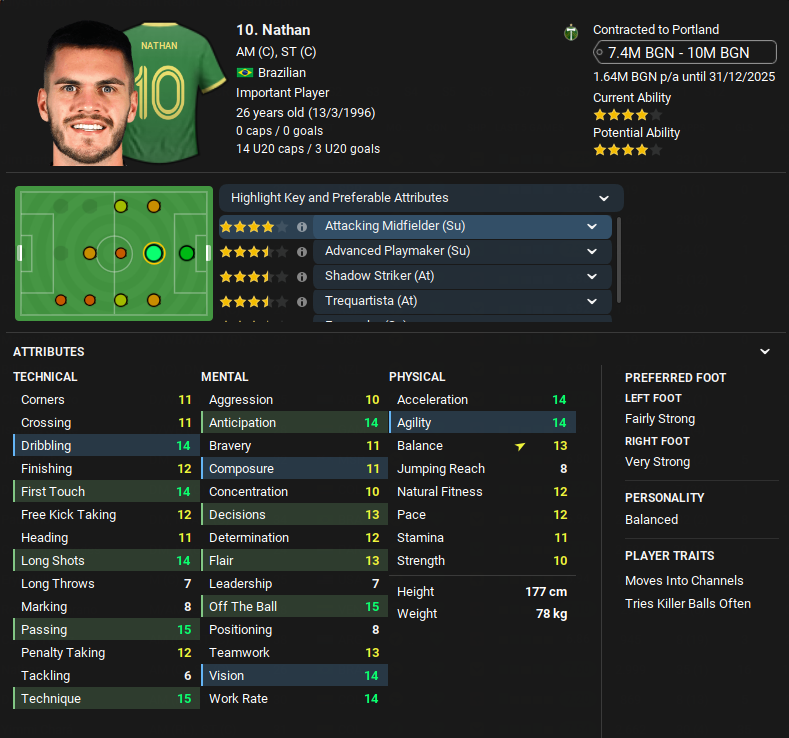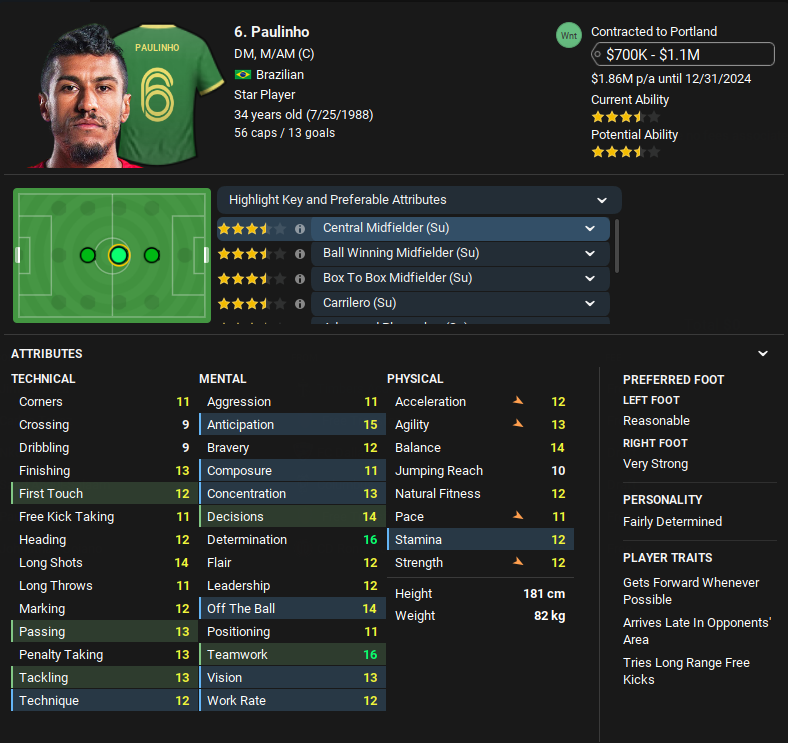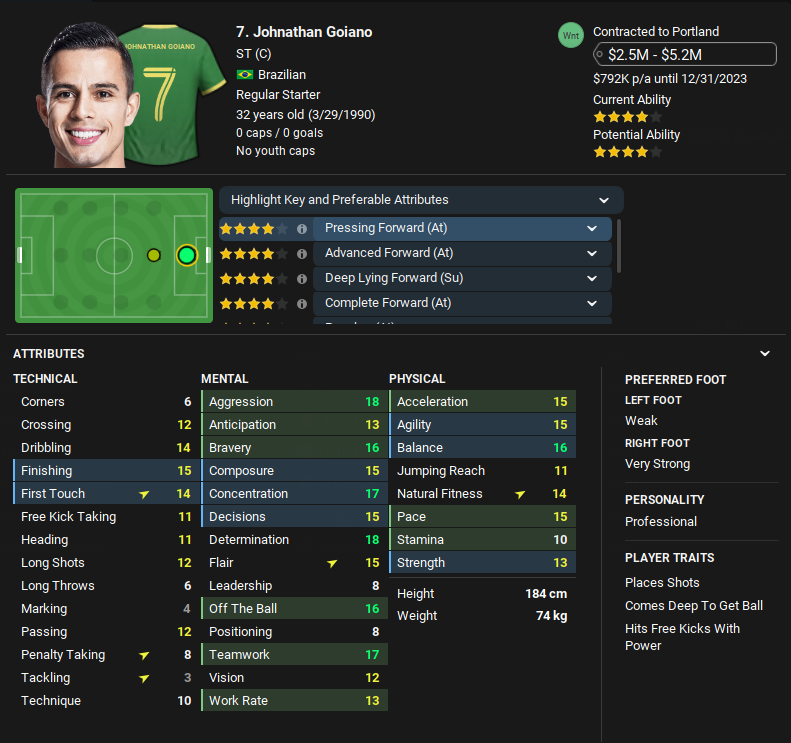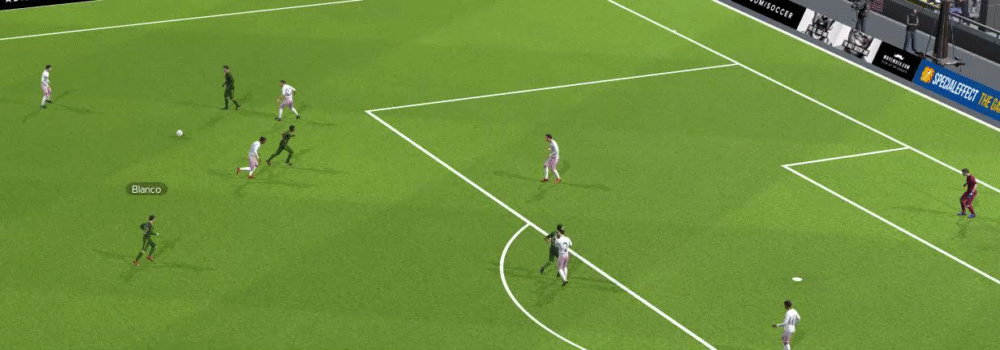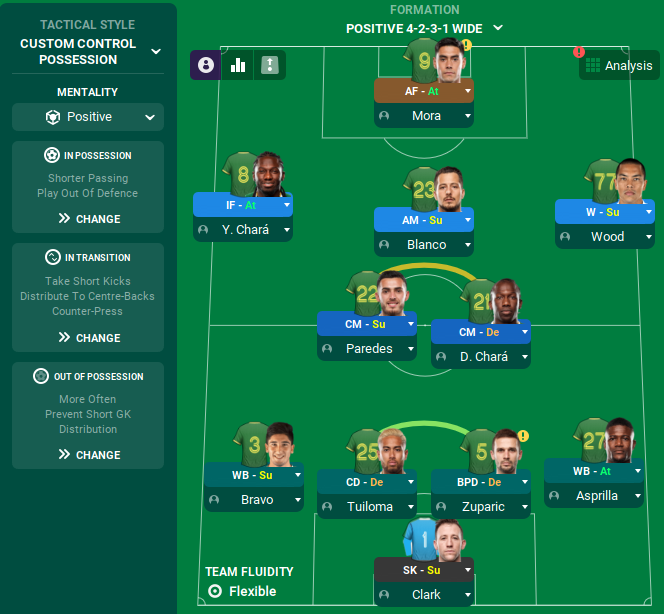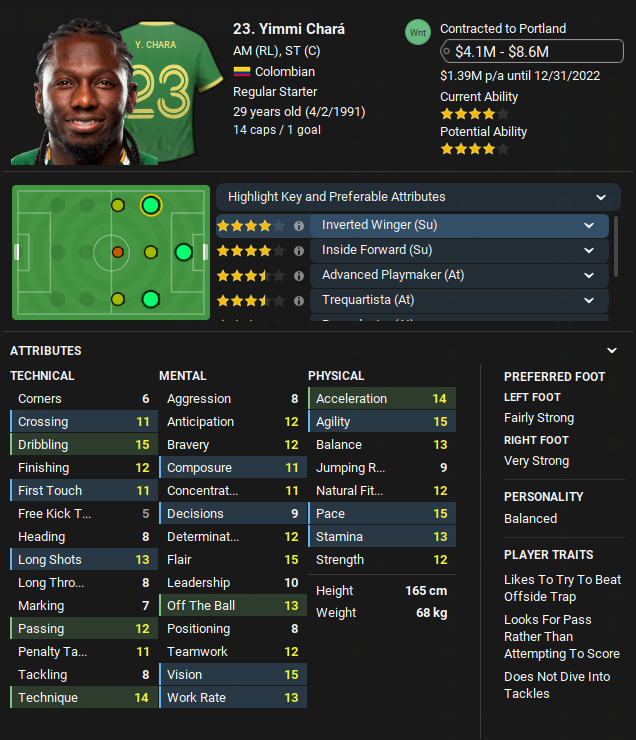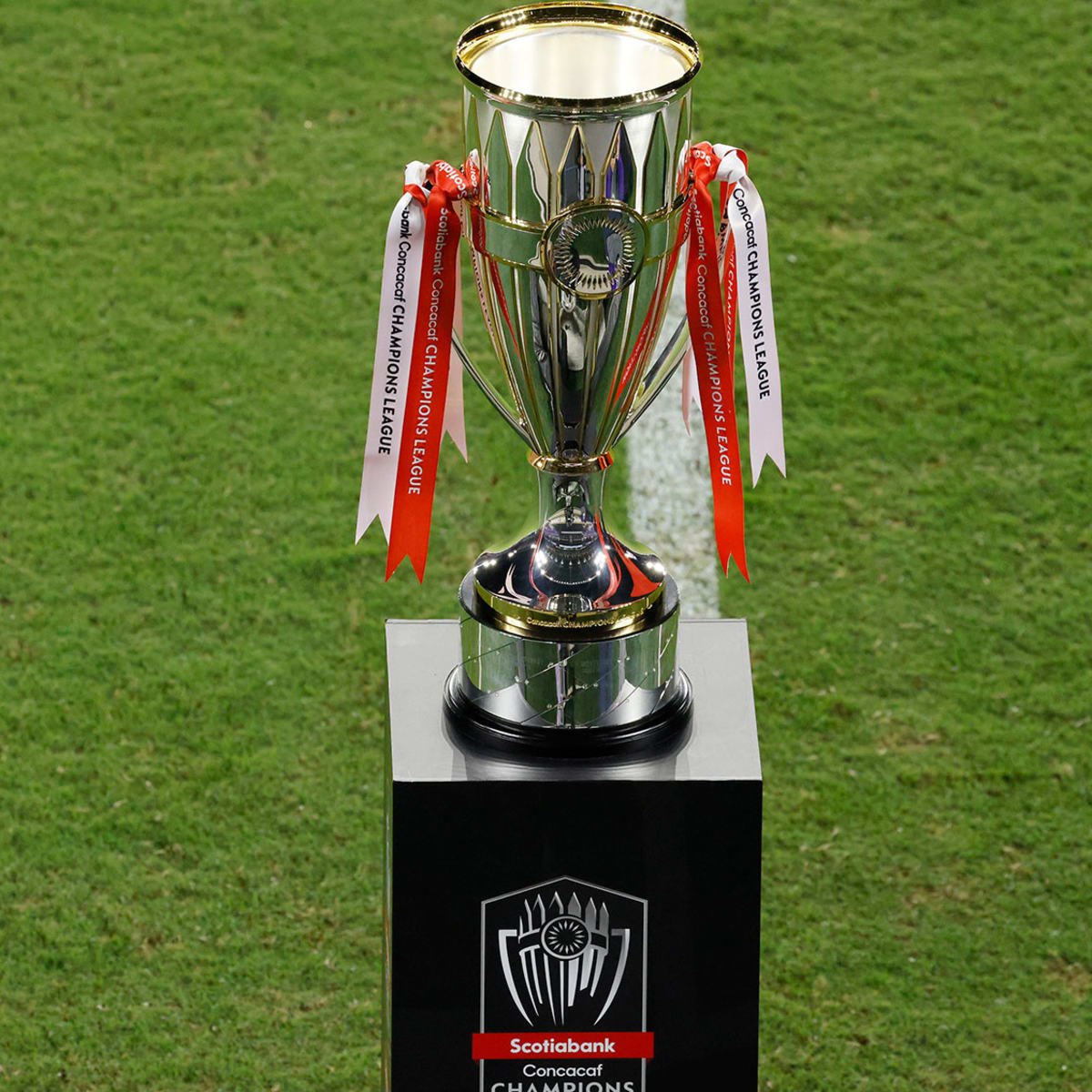LAST TIME!
As things stand I’ve recently had two positive interviews with Morecambe and Ipswich. Morecambe are sitting rock bottom of League One so will surely be playing League Two football next year which is comparable to the Irish Premiership albeit full time. Ipswich however are sitting just outside the playoffs in League One so perhaps a late charge could see a promotion to the Championship, I have to admit this temps me greatly and I would find it hard to turn down should the job offer come.
There have been developments reader(s). I was offered the Ipswich job and given their history and current position I was incredibly excited to get started. However, there was a snag, Bangor and Ipswich couldn’t agree a compensation package to release me from my current contract. I thought this would be easily solved by a quick rage quit (not a pretend quit for likes, a real one.). This was not the case and even though I resigned as manager of Bangor, Ipswich never came back to offer me the job, instead giving it to Dean Smith and leaving me in limbo.
Up to now I had been very selective around which jobs to apply for, but as I was unemployed I decided to basically apply for everything. I had interviews at Forest Green and Port Vale which seemed to go well. I threw my hat into the ring for the job at Championship strugglers Hull City, who had just sacked Steve Bould, fully expecting to be laughed out the door so I was pleased I even got an interview with their Turkish owner…
I must have impressed them as they offered me the job!
Hull were sitting 19th in the table and seven points clear of the drop zone with six games remaining so I was fairly confident I could do enough to keep them in the division. This was my number one priority. Our remaining six games saw us matched up against, Preston (14th), Sunderland (12th), Sheffield Wednesday (23rd), QPR (6th), Birmingham (7th), and Port Vale (24th)
Board Vision and Culture
Before I even look at my squad I always check the board, and now the supporters, vision and culture. I will try and give them what they want, but in the short term we may have to sacrifice some things in order to stay up.
I was intrigued by what the board wanted and I am actually really looking forward to the challenge of trying to meet as much of it as I can.
Nothing Earth shattering here, work within wage budget, avoid relegation from the Championship and be competitive in the FA Cup (which we are already out of in any case) are the “required” objectives so they will be my primary focus. Working within the wage budget isn’t a problem as we have passed the transfer windows so I won’t be bringing anyone in. Looking ahead to next season I can see the board intends to reduce the wage budget so this may become a factor for another day.
Things got interesting when I looked at the Board Culture…
Even though these are all only “favoured” I am going to embrace them going forward and try and comply with them as best we can. To further facilitate this I have loaded the Turkish leagues so they will be appearing at the end of the season. Perhaps a future job awaits us in Turkey!
Playing entertaining and attacking football is pretty subjective, I often wonder what metrics the game actually uses to measure this, and is it as simple as the brief explanation you get by hovering over the wee ‘i’ to the left.
In some ways the progression from Northern Ireland football to the Championship is a little unrealistic and I certainly can’t remember too many examples of a manager moving from here straight to such a high level but Hull are a team in transition, so maybe the owners decided to take a punt on a cheaper alternative from across the Irish Sea - who knows! Saying that I am now getting paid a massive £33,500 per month up from the £2,200 per month I was on at Bangor.
The Squad
Joining a fresh club and looking over the playing squad for the first time is surely one of the most exciting things to do in every Football Manager save. Whenever I come to a new club I do generally trust my assistant managers assessment of the players, initially at least! I’m old school so I do love to check out those stars and see who my staff believe are our best players.
Once I have identified who I believe are my best players I see what role they actually prefer to play in the hope this gets the most out of them fairly quickly, I find if you do this for your best four or five players you can usually start to create a half decent tactic and use other players to fill the gaps in the side. Doing this can also help compliance with other aspects of your job such as working within the wage budget as quite often you can find a player that seems to be vastly over paid for his worth within the side who you can move on to free up some money.
Step 1 - Identify our best players.
Jacob Greaves - D (LC) 24 years old
Our top player looks to be 24 year old Jacob Greaves, I love the look of him as a ball playing centre back with excellent vision and passing for Championship level along with the old CB stables of Jumping Reach, Heading, Marking and Positioning. One other, often overlooked, facet of a player’s make up in FM are their traits. So often I read or watch content around tactics and player traits are barely mentioned. I ALWAYS take notice of them as they can alter how a player performs in a tactic dramatically. With Greaves we see he likes to switch the ball to wide areas, this coupled with high vision and passing could make for some lovely transitions to wide areas. I am already thinking about a tactic that will have wide men for him to find and given we are currently struggling in the league counter attacks of this nature could be very profitable for us.
Adama Traoré - DM, M/AM (C) 29 years old
Adama Traoré is another player with high vision and passing. He also has a great first touch all of which makes him seem like some sort of midfield playmaker. His lack of tackling, strength and aggression does put me off playing him in a deeper role so perhaps he would be best suited to MC or AMC. His player traits back this up somewhat as he likes to run with the ball through the centre and play out of trouble. I wonder if he could make also be used as a Mezzala as he does have reasonable dribbling and is adept with both feet. Upon my arrival the club already have him up for sale and are asking for £6m. Given his £100k per month wages we may have to let him leave at the end of the season but until then I am looking forward to using him.
Dogukan Sinik - M(RL), AM(RLC) 26 years old
Our next two players are both Turkish nationals which given the board’s culture is probably not a surprise. Sinik looks to me to be an out and out winger. Great pace, good crossing and dribbling. He lacks the technical ability and vision of someone like Adama Traoré to be used centrally or as a playmaker. He also has the player trait of runs with ball down the right and gets forward whenever possible. He is pretty good with either foot so perhaps he could do a job on either flank as an inverted or standard winger.
Ozan Tufan - DM, M/AM (C) 30 years old
Tufan is another good passer in the side so I am now starting to think that longer term we may be able to transform into a possession based side if we wanted to. Tufan has pretty good mental abilities and enough technicals to play in central midfield. I see him in some sort of support role like a Box to Box Midfielder which would dovetail well with his decent finishing and player trait of Gets into Opposition Area (this trait rules him out of a DM role unless I use him as part of a deep double pivot). Like Adama he also likes to run with the ball through the centre, having two guys doing this can have its advantages as well as some disadvantages so that is something to consider if they play together a lot. Tufan is another player that is already transfer listed upon my arrival he is currently being paid £97k per month so I can see a pattern developing here.
Óscar Estupinán - AM (L), ST (C) 28 years old
I am a firm believer that to be successful in FM, and real life football for that matter, you need a top striker for the level you are playing at. You can create all types of build up play whether that be direct or tippy tappy passing but when the chance is created if your striker couldn’t score in a brothel, you won’t succeed. I am encouraged that my coaches believe Oscar is one of our better players but when I look at his attributes I am a little underwhelmed.
Almost all of my half decent tactics use an Advanced Forward (OP, Hackz, dunno…) and I like to go heavy on the Finishing, Composure, Off the ball and Acceleration. Oscar is only elite in off the ball, finishing is fine but I’d certainly like to see a bit more pace to get in behind. He has the trait of likes to beat offside trap which I generally find frustrating in the ME however coupled with Anticipation of 16 and Off the Ball 15 it may well work well for him. I also note his high aggression and work rate so perhaps a pressing forward role would suit him.
I’m content he will do a job for us but long term if we want to progress up the league we will need to find a replacement.
Initial Tactical thoughts
When I first go to a club I like to start from scratch. So what do we know about Hull and our playing squad and more importantly what does this mean when creating a tactic.
Hull are struggling in the league and haven’t registered a win in 17 games going back almost 4 months - Opposition teams are likely to attack us in the short term, potentially leaving acres of space in behind for us to exploit.
Steve Bould, the previous manager, utilised a 4-2-3-1 Formation - The squad is likely built with this formation, or similar, in mind although it is clearly not been working.
Our best player is a ball playing defender with great vision and trait of switching the ball to wide areas - Could he be given licence to play long passes in behind opposition teams who attack as as per point 1? Dogukan Sinik is a speedy wide player that could take advantage of these two points.
Two of our better players (Tufan and Traoré) are similar centre midfielders who both could play as a 10 in a 4231 - As the 4-2-3-1 hasn’t been working I don’t want to play it, but could these two players both play together centre midfield?
We have a reasonable option upfront in Oscar but having checked the squad he is the only option - Whatever tactic we decide upon will probably have to be a one striker system.
The board want attacking and entertaining football as do the supporters who also want a high pressing system - Initially it may not be possible to do all these things especially as we are in a relegation fight. But, on reflection, I may try and implement some of them before the season ends, we should be okay - shouldn’t we!?
Bearing these six points in mind my initial thoughts on a tactic are below.
Taking the team instructions first, I feel like I’ve ended up with a sort of Hybrid tactic. It’s not fully counter attacking and nor is it fully possession orientated.
In possession, I’ve told the boys to pass into space to take advantage of the space I believe teams will leave us in behind. If I feel we are spaffing away possession in certain games I could toggle this on or off and most definitely will during games as the match develops. Counter-intuitively I have also told the team to play out of defence, I like how the side lines up when this instruction is in use and I hope that once we have secure possession at the back someone like Greaves, or the DLP can progress the ball quickly if the right pass is on. I’ve also upped the tempo to perhaps make us go a little bit more direct.
In transition, again a real pet hate of mine in football is Goalkeepers giving away possession by booting the ball downfield, especially if you’ve nobody good in the air down there! So the ‘keeper has been asked to keep it short to any of the defenders. Hopefully this will force us to use Greaves to start attacks as often as possible. I have also asked the players to counter when the ball is won, as I think we will have some great opportunities to hit teams on the break. As with pass into space this isn’t an instruction that I will use 100% of the time it can be toggled on or off depending on how things are going. I don’t think we are good enough to counter press teams so decided not to select that just yet even though the fans may want us to do it.
Out of possession I have gone for a high press with press more often selected and prevent goalkeeper distribution again all of these can be toggled on or off depending how we are doing but generally I don’t really like sitting too deep and I may as well give the fans some of what they are asking for!
We move onto the formation, as discussed I don’t fancy the 4231 based on how poorly the team has been doing. We don’t have three good CBs so a back four is definitely the best, and we only have one decent striker so we need a formation with only one striker. Based on that some sort of 4-1-4-1 or 4-3-3DM was my first port of call. I decided to go with the 4-3-3DM as it should allow us to get some support up to the striker a little bit quicker, although I am keeping all the midfielders on support roles as I want them to work hard defensively out of possession, to start with at least. Perhaps next season we can introduce an IF on attack, but for now it is all hands to the pump while we try and secure our status in the division.
As we discussed I have assigned roles to our best players that they are comfortable in. So Greaves is a left sided ball playing defender, that was the easy one. For the central midfield three I decided to chose mobile roles for both Traoré and Tufan. To make best use of Traoré’s dribbling ability and desire to run with the ball through the centre I made him a Mezzala, and to make use of Tufan’s desire to get into the opposition area I have made him a Box to Box Midfielder. I hope this role and his trait will see him make some great late runs into the box to provide an additional goal threat. At DM I am conflicted still as to whether this player should be a playmaker or not. I had a look at the available DMs and I was pleasantly surprised with what I had available.
In the tactic above I have selected Regan Slater, mostly for his player traits, Tries killer balls often, and likes to switch the ball to wide areas. I can see some lovely direct counters coming from him and/or Greaves. But we also have the option in games when we want a bit more control we could select Adam Forshaw and his player traits of plays short simple passes and dictates tempo. I feel this is an often overlooked element of the game, both of these players will play the same position and role completely differently and can be used in different game situations to our advantage.
Finally we have former FM favourite Kevin Strootman, his mentals are incredible and defensively he trumps both Regan and Forshaw so he could be brought in for games when we perhaps need to be stronger defensively.
The front three currently are Inside Forward Dogukan Sinik who is quick and can exploit the balls played to wide areas into space by Greaves or Slater. Up front I have gone for Oscar as a Pressing Forward largely because he is well suited to it and I want to use something different than an Advanced Forward. On the right hand side I have currently gone for an inverted winger but I am really not sure about it as yet. In a lot of games I have changed this to a simple winger.
Results
So how did we do, we had six games to save Hull City from the drop and started potentially five points clear of the relegation zone if Sheffield Wednesday won their games in hand.
Two wins, three draws and only one defeat in the six games meant we survived quite comfortably in the end and didn’t even need anything from the last game against Port Vale which was a relief. I was surprised with just how strong the side looked with Oscar being particularly deadly in front of goal scoring six goals in six games for us, perhaps I don’t need an upgrade! Our game against Sheffield Wednesday was pivotal and I was disappointed to only draw that game conceding a 91st minute equaliser from a set piece, but the game did have two lovely goals that illustrated the type of goals I had imagined when putting the tactic together.
In the first goal scored by Oscar we see the CB collect the ball from the goalkeeper and play a nice incisive ball into Tufan who turns and plays a lovely pass into space for Oscar to run onto and he finishes emphatically in off the cross bar.
The second goal is delightful. Greaves the ball playing defender picks the ball up and carries it out of defence before playing the ball to the wide area for Anderson who crosses for substitute Tetteh to finish.
Both goals had elements of play that I was looking for and over the six games we scored plenty of our goals in a manner similar to these on our way to a credible 17th place finish twelve points clear of the relegation zone.
ME
As ever this save is not about the clubs or the players it is about ME the manager. I’m now paid over £33,000 per month and have a two year deal at Hull, my own attributes are progressing well and I have somehow got 20 for level of discipline, not sure how! Having left Bangor I am now one of their favoured personnel which, given the title of the series, I am pleased about.
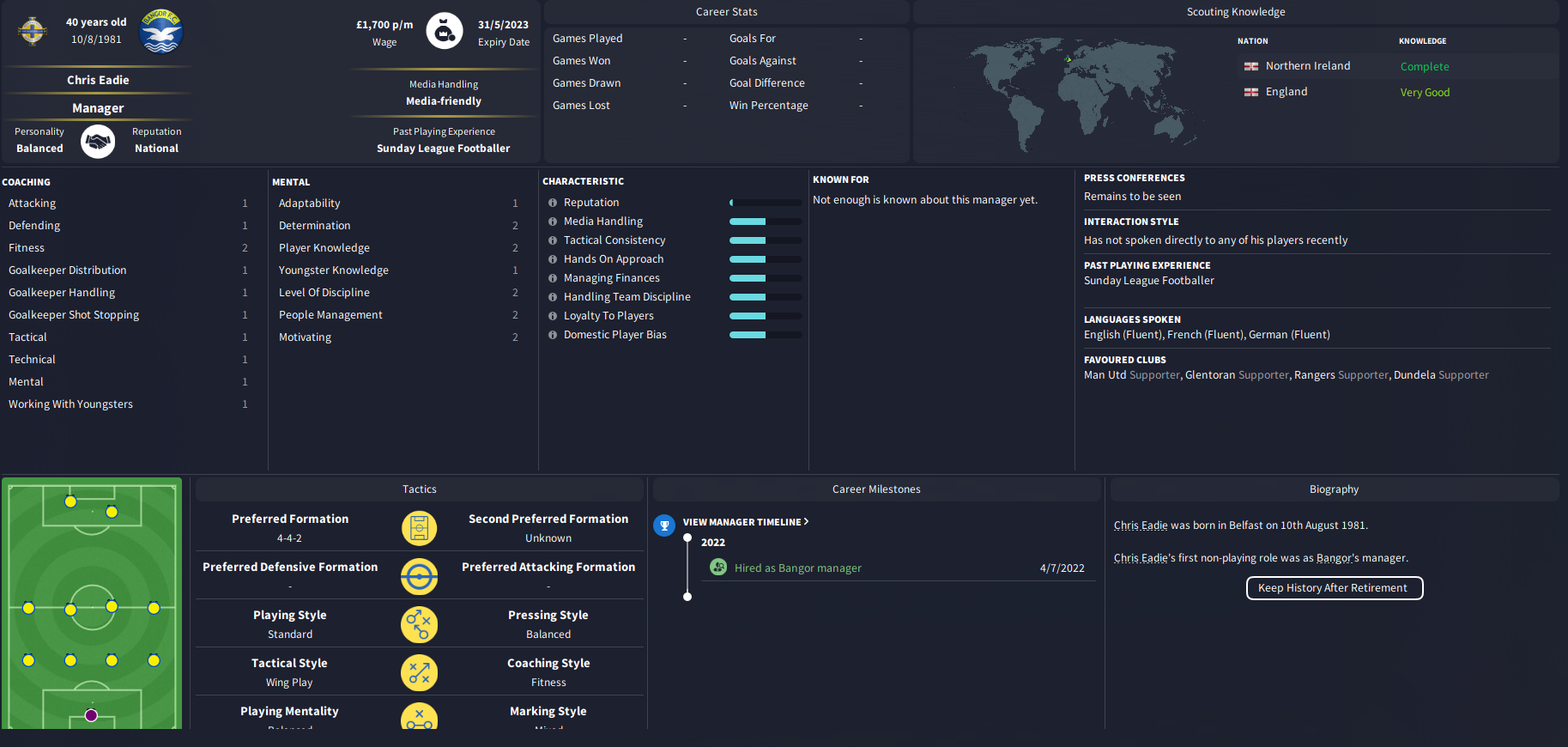

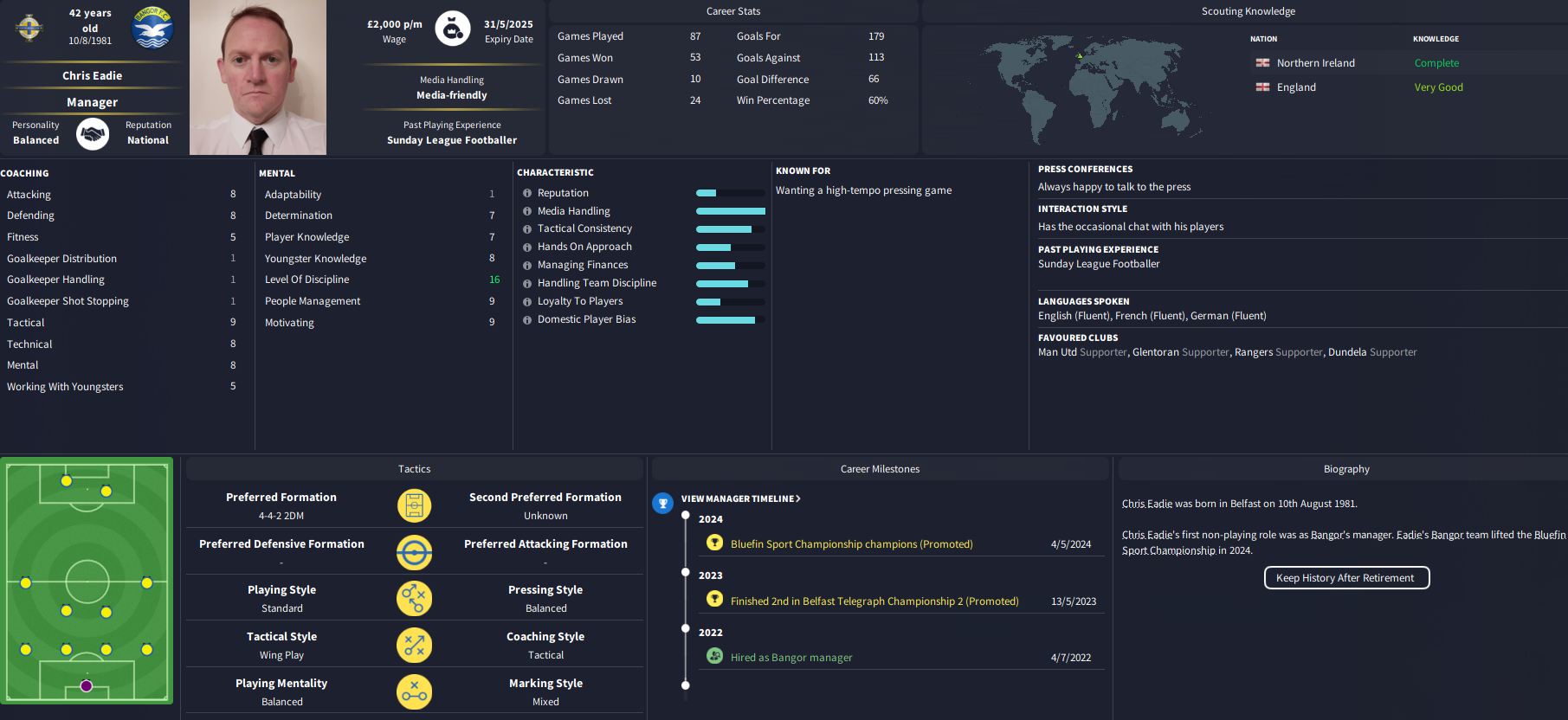
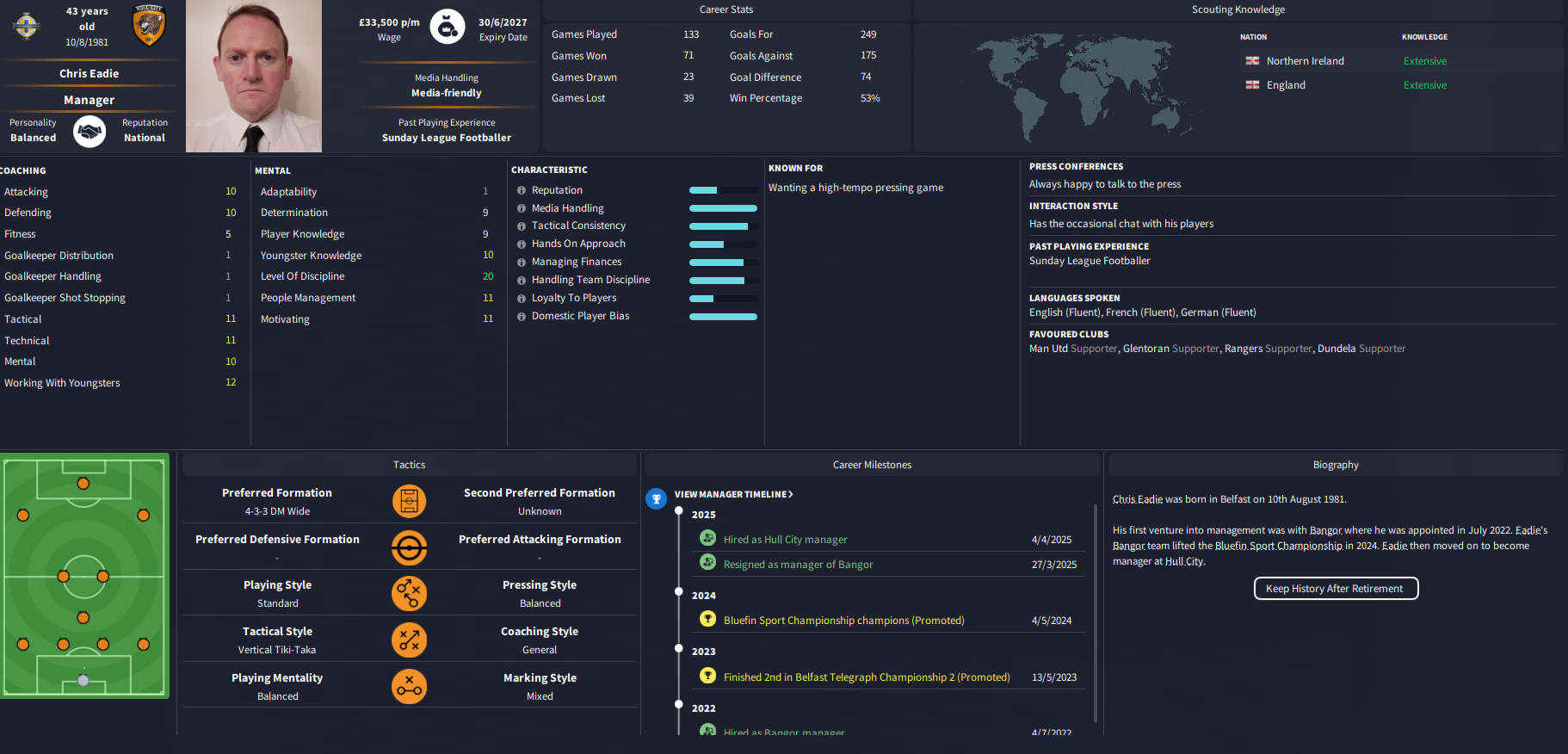
As ever if you have made it this far thanks for reading.
If you come to CoffehouseFM often you may wish to sign up to our newsletter that will send you an email (not very often - promise) collating all the latest posts into one handy little newsletter. I’ve provided the link below and we promise not to sell your email address to the Russians.
Over and Out














